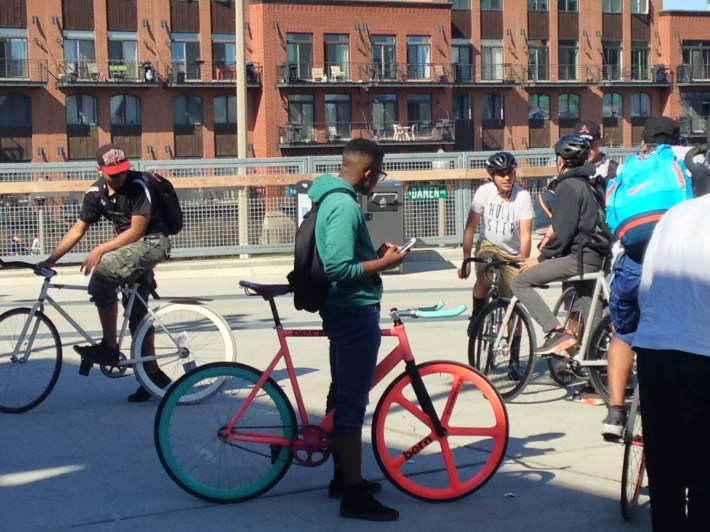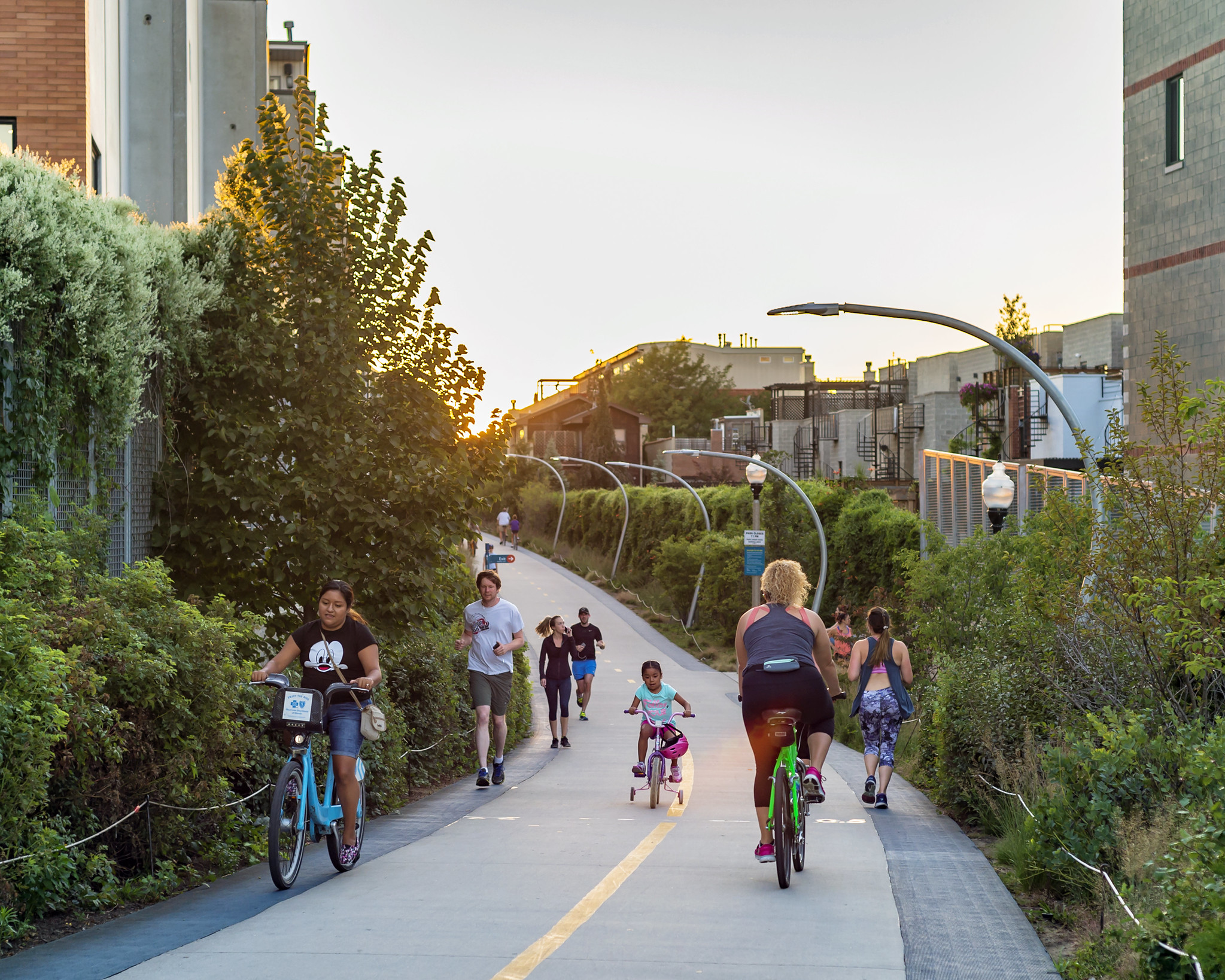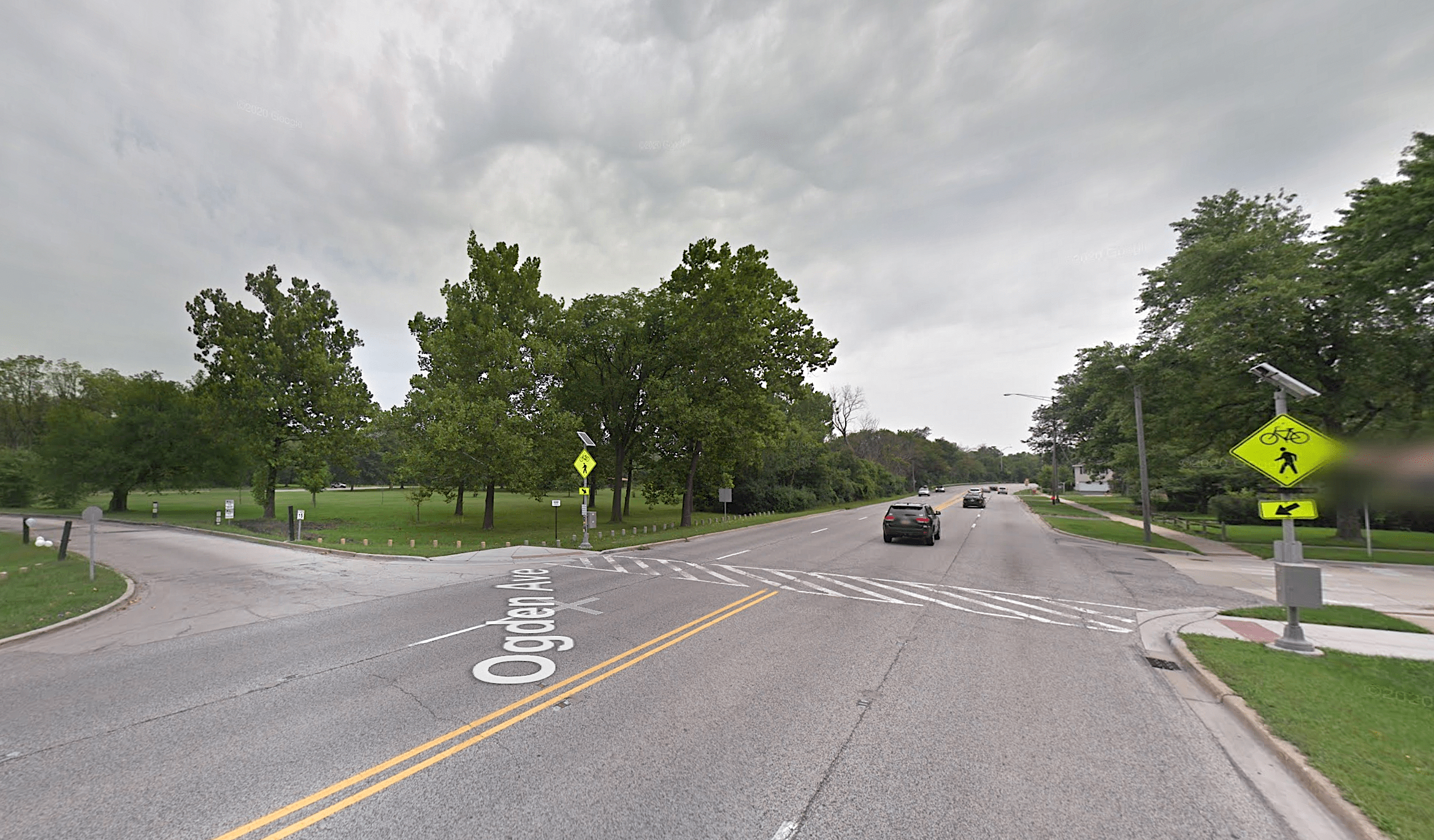H/T to my old friend Chicago journalist and editor Martha Bayne from Belt Publishing for some of the talking points in this post.
Environmental gentrification, the phenomenon of new trails, parks, transit-oriented developments, and other eco-friendly amenities attracting wealthier people to blue-collar neighborhoods and communities of color, often raising housing costs and displacing longtime residents in the process, is a very real thing. And Chicago's Bloomingdale Trail, aka The 606, is definitely a textbook example of that issue.
But Tuesday's Washington Post column "How ‘landscape urbanism’ is making gentrification look like fun: The problems with the High Line and all its imitators," by Michael Friedrich, is an awfully jaundiced look at the development of high-profile recreational paths and parks. This glass-half-empty article, written with next-level snark, brands these projects as heartless examples of "late-capitalist city planning" that are largely playgrounds for the privileged with few redeeming qualities for their communities.
That may be more true of such initiatives in other U.S. cities. But when it comes to the Bloomingdale, Friedrich paints with way too broad a brush, failing to acknowledge that while the trail has had negative impacts on housing affordability, it has also had many benefits for residents of all income levels and ethnicities as a place for healthy physical activity and an inclusive public space.
Friedrich also failed to do some basic research about the origins of The 606 and how people use it, comparing it to a museum where spontaneity is discouraged, while it's actually a key hangout spot and transportation corridor. Let's take a look at some of his more dubious statements.
The 606 gives a space in the neighborhood for my kids to ride their bikes without having to cross roads. It gives a safe start to my ride to work. People walk, run, BBQ, camp, chill, make out, smoke weed, walk dogs, bird watch, and more up there.
— Dadej Pogačar (@krislucius) November 24, 2019
If Friedrich actually stopped by on a summer day, yes, he'd see young Anglo professionals jogging or pushing strollers on the path, but he'd also observe multigenerational Latino families strolling together at sunset, and Black and Brown youth whizzing by on fixed-gear bikes playing hip-hop on Bluetooth speakers, or gathering with their fixies in the plaza above Damen Avenue. And, unlike the High Line, security guards aren't a thing on The 606.

The rules about Bloomingdale Trail use that Friedrich ridicules are merely common sense for a popular path that, in contrast to the tourist-oriented High Line, is an important safe commuting corridor for local residents of all ages traveling on bike and foot to work or to the many public schools next to or near the trail. The path's programming also offers many educational and job opportunities for local youth of color from lower-income and working-class families.
So while Friedrich makes some valid points about gentrification, when he writes that the Bloomingdale isn't vibrant or community-oriented, and lacks space for unscheduled enjoyment, he has absolutely no idea what he's talking about. As it currently exists, The 606 is a very democratic and inclusive space. However, Chicago does need to take bolder action to preserve affordability along the trail, such as passing the 606 affordability ordinance, to help keep it that way






